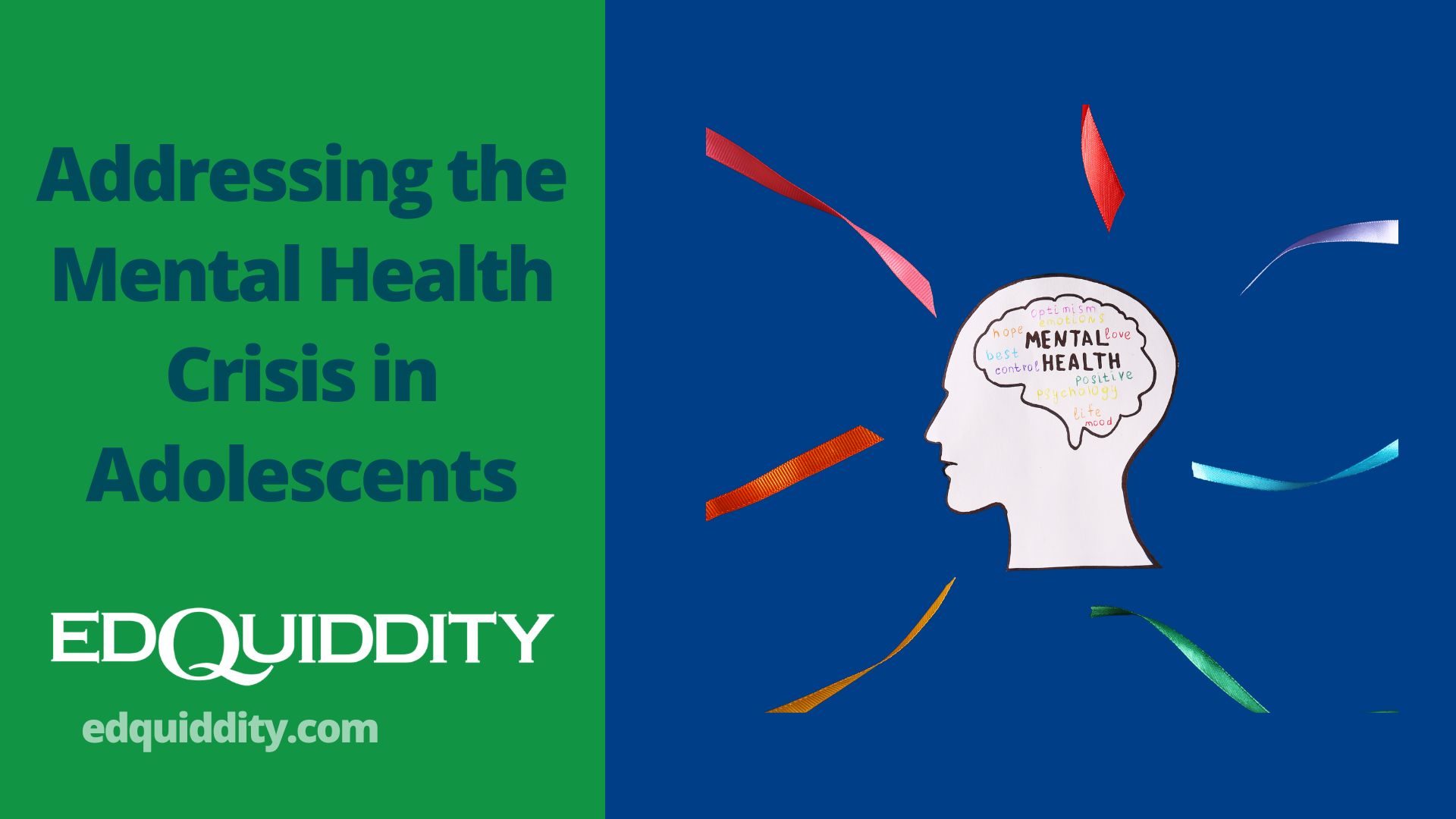A Call to Action for Schools
In a typical year, a student spends approximately 1,000 hours in school, which translates to about 180 days based on the standard U.S. academic calendar. Given this significant amount of time, it is crucial for the schools to create a supportive atmosphere that promotes students’ sense of belonging and self-worth, which are essential for their mental health. However, the number of adolescents reporting poor mental health is alarmingly on the rise. Recent data from the Centers for Disease Control and Prevention (CDC) in 2021 revealed that more than 4 in 10 (42%) students felt persistently sad or hopeless, and nearly one-third (29%) experienced poor mental health. By focusing on mental health, schools can make a profound impact on the well-being and future of their students.
When students feel safe and valued, they are more likely to engage positively with their peers and teachers, reducing anxiety and enhancing their ability to learn. This growing mental health crisis underscores the urgent need for schools to become safe havens where students can build strong bonds and find support. Schools that prioritize mental health through inclusive practices and supportive resources help students develop resilience, social skills, and emotional well-being, laying a strong foundation for their overall development and academic success.

Strategies for Designing Classrooms to Promote Mental Health
The CDC has identified six key school-based strategies that schools can implement to prevent mental health problems and promote positive behavioral and mental health among students: mental health literacy; connectedness; mindfulness; social, emotional, & behavioral learning; psychosocial & cognitive behavioral skills; and staff wellness. Our sister company, IDE Corp, has developed six strategies to help educators design classrooms that promote mental health:
- Building students’ executive function for inhibitory control and self-awareness
- Building students’ communication skills for positive engagement with others
- Promoting student advocacy — for themselves and for others
- Ensuring equitable learning environments through IDE Corp.’s 7 Lenses of Instructional Equity: opportunity, access, identity, representation, empowerment, relationships, and authenticity
- Supporting students’ social engagement through structures (e.g., norms, discussion protocols, if . . . then cards, persistence cards, consensus-building tools, etc.) and strategies (empathy questions, efficacy questions, tiered support, intentional teaming, etc.)
- Embracing intentionality in all decisions, words, and actions in the classroom

Strategies for Maximizing Student Achievement
To support educators in implementing the above strategies, we at EdQuiddity offer a Professional Learning Experience (PLE) titled Strategies for Maximizing Student Achievement. This PLE provides professional development in all areas essential to promoting mental health in classrooms. It’s a perfect opportunity for schools to enroll their entire staff, ensuring a cohesive and informed approach to student well-being. The PLE covers:
- Social engagement structures
- Equity
- Executive function and SEL
- Student advocacy
- Home and school connections
- Mindfulness
- Plus so much more!
Teachers can participate online and on demand, gaining access to ready-to-implement strategies that promote mental health and enhance student achievement.

Partner with Us to Design Classrooms That Promote Mental Health
Create a culture of professional learning in your school or district. Contact us today to enroll all teachers and administrators for only $99 (or less) per login! Together, we can build classrooms that not only support academic success, but also nurture the mental health and well-being of every student.


 In this course, participants will leverage choice and technology to provide students with the ultimate differentiated learning environment. They will develop differentiated digital activity lists rooted in rigorous instruction that offer multiple ways to learn and apply content. Participants will explore autonomy, purpose, and mastery as motivators in all learning environments. They will design differentiated activity lists to put students in charge of their own learning, creating a structure that allows students to make decisions within a structured framework. Making informed decisions is an essential life skill that teachers can support with intentional classroom practices.
In this course, participants will leverage choice and technology to provide students with the ultimate differentiated learning environment. They will develop differentiated digital activity lists rooted in rigorous instruction that offer multiple ways to learn and apply content. Participants will explore autonomy, purpose, and mastery as motivators in all learning environments. They will design differentiated activity lists to put students in charge of their own learning, creating a structure that allows students to make decisions within a structured framework. Making informed decisions is an essential life skill that teachers can support with intentional classroom practices. Participants in this course will use Reinventing the Classroom Experience by Dr. Nancy Sulla as a resource. The assigned book must be
Participants in this course will use Reinventing the Classroom Experience by Dr. Nancy Sulla as a resource. The assigned book must be